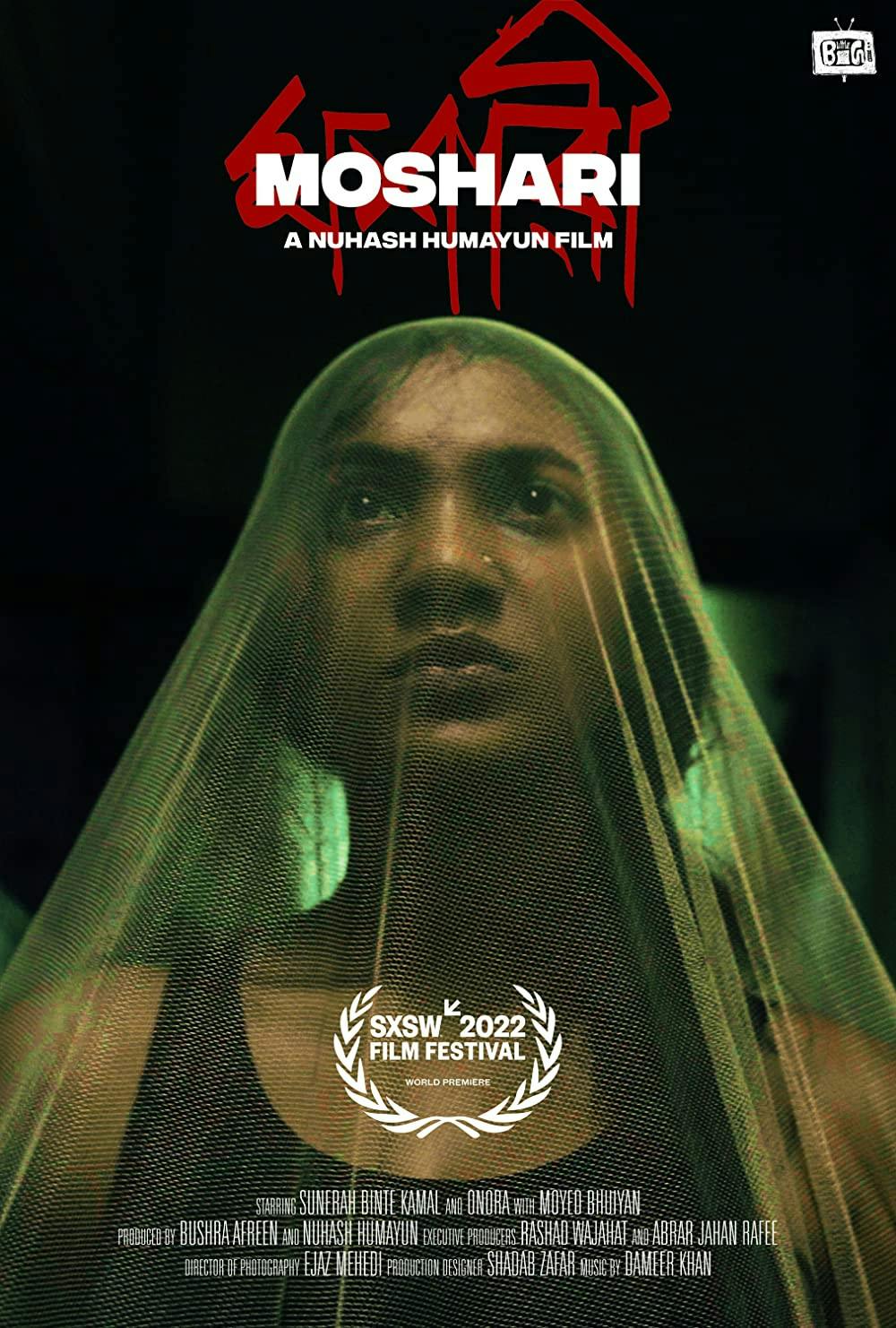In Nov. 2022, Jordan Peele announced that he and Riz Ahmed would executively produce the current short film “Moshari,” into a presumably full length feature. This would qualify “Moshari,” which has already garnered several short film awards, as the first Bangladeshi film to be potentially nominated for an Oscar.
“Moshari” is a horror/thriller short film set in the apocalyptic world of Dhaka, Bangladesh and is directed by Nuhash Humayun. Humayun is a Sundance Screenwriting Fellow and the son of Humayun Ahmed, a prominent figure in leading the literary movement in Bangladesh post-independence.
The short film brings awareness to the extreme climate change in Bangladesh. Bangladesh has already been severely impacted by climate change, such as the recent flash floods that erased whole towns in the Sylhet region. According to the Climate Reality Project, one in seven people are estimated to be displaced by climate change by 2050.
Two sisters are followed in this short film, as they try to survive the vampires that have taken over. The portrayal of the vampires in “Moshari” is unique to how the typical American horror film portrays this common fantasy species. These vampires are not intellectually cunning, but rather bloodthirsty and inhuman creatures.
Moshari is the Bangla word for mosquito net. These nets are very common in mostly tropical countries where insect- and mosquito- borne diseases are endemic. The film uses this concept as a prop in its introduction; a faceless character makes an announcement over loudspeaker for all inhabitants to get under their mosquito nets to protect themselves from the vampires.
A noteworthy point is that this is male-presenting voice is the only indication of a male character in the entire film. The audio then starts to take a more prideful tone, where the announcer claims that nations that had looked down on Bangladesh have succumbed, whereas Bangladeshi natives are continuing to survive. This provides commentary on the third-world narrative that is present in how outsiders view developing countries.
The film starts out in the afternoon, with Ayra, the younger sister, making dua (Islamic word for prayer) for a dead cow. The older sister dons the hijab, the traditional Islamic head covering. The sisters get into a traditional boat and travel across a familiar deltaic plain landscape to their home. The normalization of these factors, rather than hiding or oversimplifying, is refreshing to see on screen.
There is a heavy emphasis on the traditional sibling dynamic, both from a religious and cultural viewpoint. Ayra only uses the honorific of “apu” when referring to her older sister; apu means sister and it is a sign of respect in Bangladeshi culture to not call an elder by their first name. The character, Apu, raises awareness on issues that impact most women regardless of location, such as when referring to predatory men and womanhood. Traditionally, vampires are men that prey on women, while in this short film, the women work towards defeating the vampire-monsters.
“Moshari” is incredibly authentic with its Bengali language, with an incorporation of English phrases (“banglish”) and religious terms. The younger sister even has a slightly American accent, while the older sister speaks more of a classical Bangla. Unfortunately, the subtitles do contain subtle discrepancies, such as including a literal translation rather than a metaphorical translation, or adding intensifiers that were not actually verbalized on screen.
Overall, “Moshari” does more than let people know that climate change is a very real problem. Traditional elements shine through, characters have a background, personality, and development and social issues are shown.
This short film subverts expectations of what it could have been with its low budget through stunning visual and sound effects. The dark color grading highlights the eerie tone of the movie, while the music scoring includes traditional Bangladeshi instruments, like the harmonium and the tabla, to lend to an overall atmospheric and visceral feel. The initially slow exposition, impressive camera work, rapidly cut scenes, and jump scares that are trademark of the horror genre come together to lead to a formulaic-with-a-twist film.
Sahar Abdullah (she/her) is a senior at IUPUI, majoring in Biomedical Informatics with minors in Literature and Chemistry. She is the Culture Editor of The Campus Citizen.





